49+ Sample Non Disclosure Agreement Templates
-
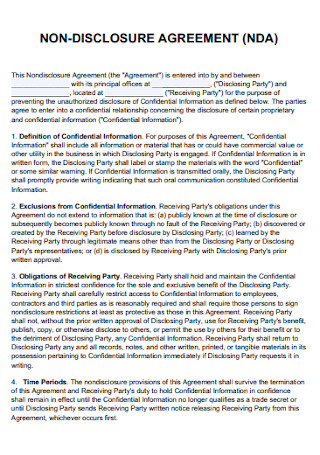
Sample Non Disclosure Agreement Template
download now -
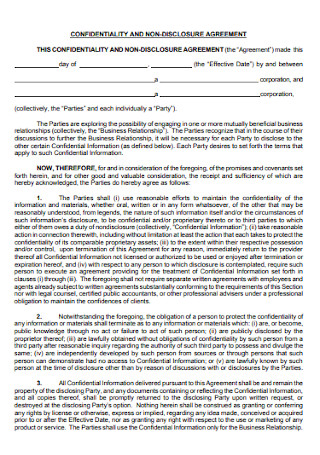
Confidentiality and Non Disclosure Agreement
download now -
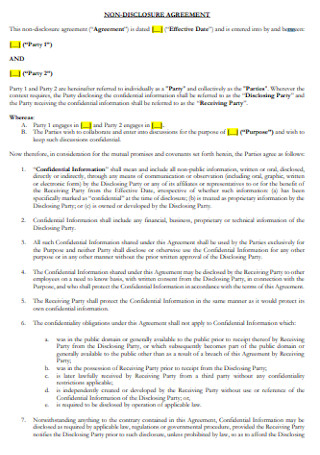
Non Dislosure Venture Agreement
download now -
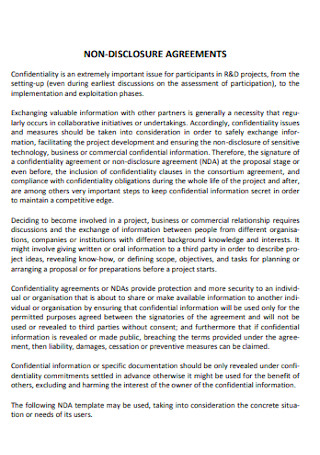
Mutual Non Disclosure Agreement
download now -
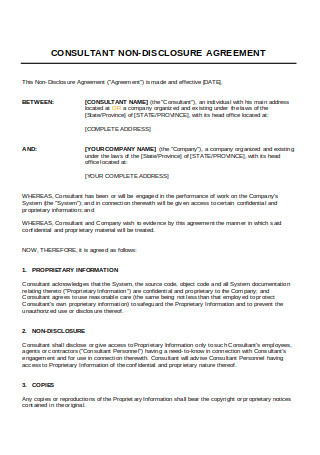
Consultant Non-Disclosure Agreement
download now -
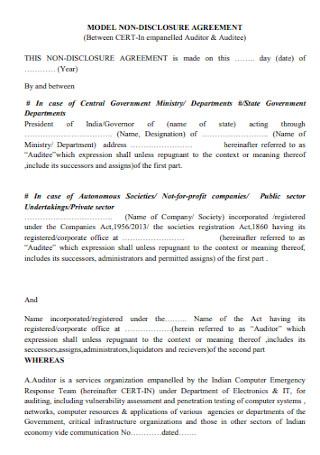
Mdel Non Disclosure Agreement Template
download now -

Simple Non Disclosure Agreement Template
download now -
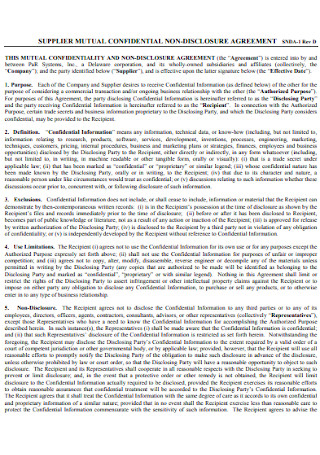
Supplier Mutual Non Disclosure Agreement
download now -
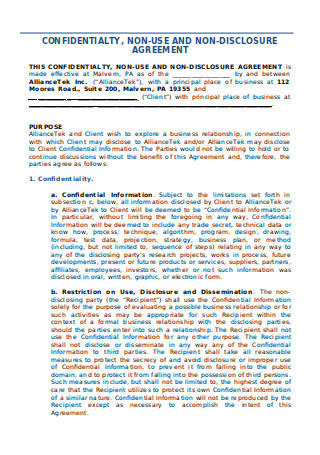
Non-Use and Non-Disclosure Agreement
download now -
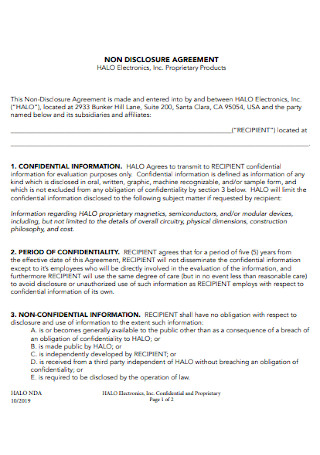
Products Non Disclosure Agreement
download now -
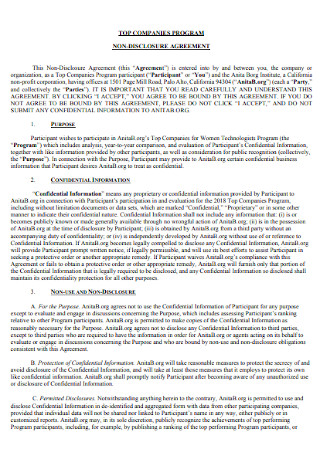
Company Non-Disclosure Agreement
download now -
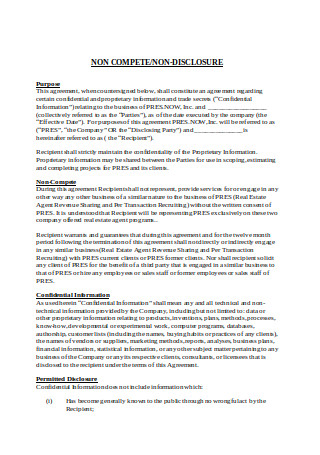
Non-Disclosure and Non-Compete Agreement
download now -
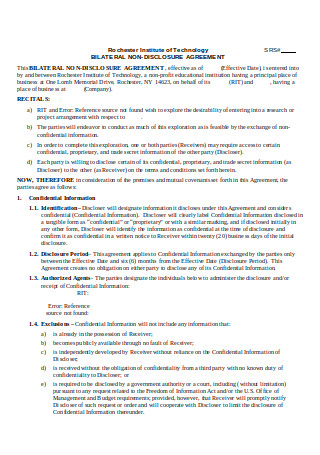
Bilateral Non-Disclosure Agreement
download now -
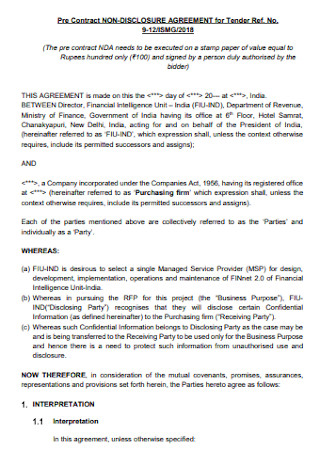
Pre-Contract Non Disclosure Agreement
download now -
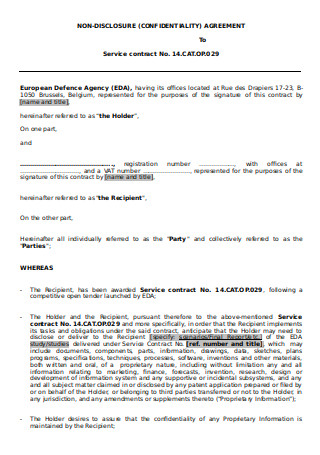
Standard Bilateral Non Disclosure Agreement
download now -
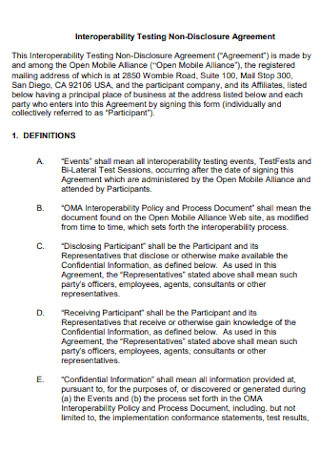
Interoperability Testing Non-Disclosure Agreement
download now -
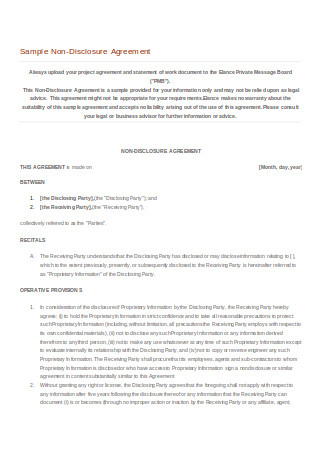
Blank Non-Disclosure Agreement Example
download now -

Brief Non-Disclosure Agreement
download now -
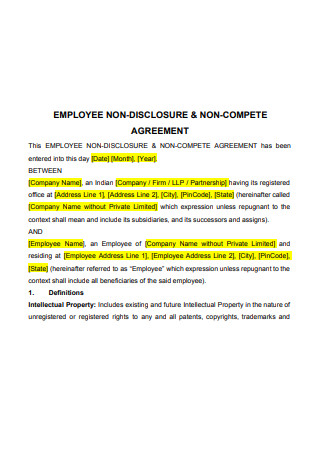
Employee Non-Disclosure & Non Compete Agreement
download now -
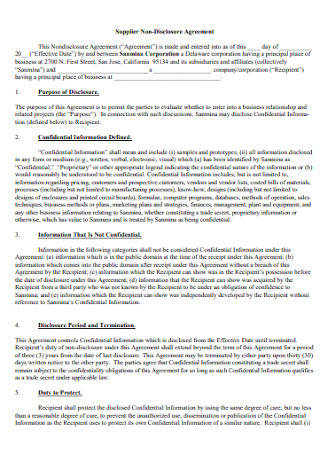
Supplier Non-Disclosure Agreement Template
download now -
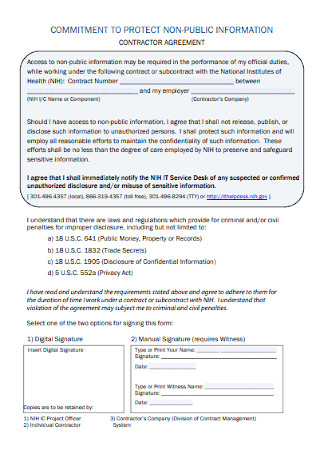
Contractor Non-Disclosure Agreement
download now -
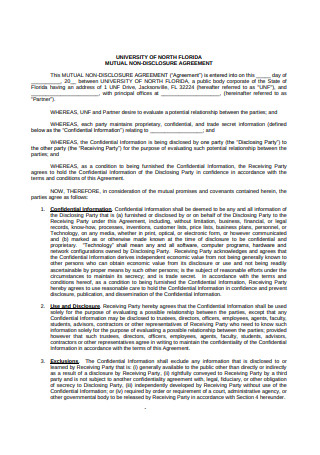
Third Party Non-Disclosure Agreement
download now -
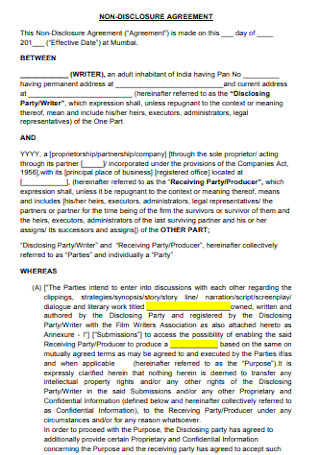
Formal Non-Disclosure Agreement Template
download now -
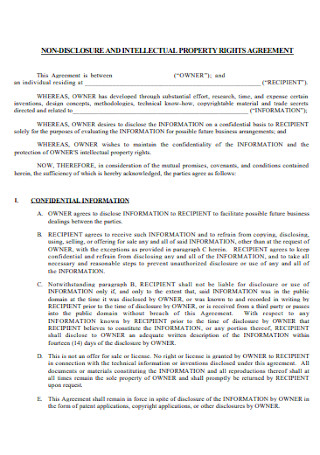
Property Non-Disclosure Agreement
download now -
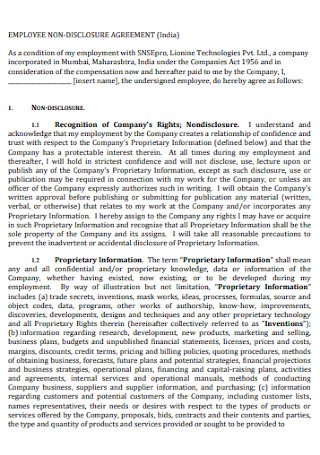
Employee Non-Disclosure Agreement
download now -
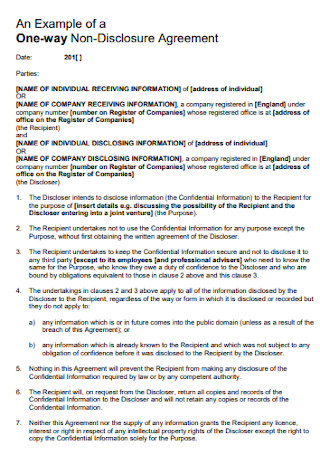
One Way Non-Disclosure Agreement
download now -

Employee Confidentiality and Non-Solicitation
download now -
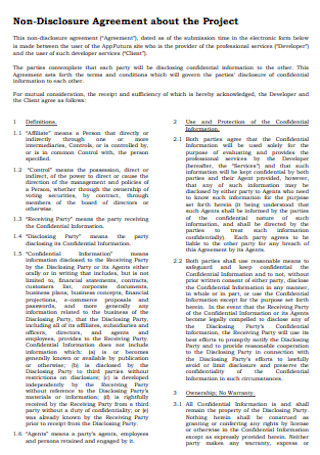
Project Non-Disclosure Agreement
download now -
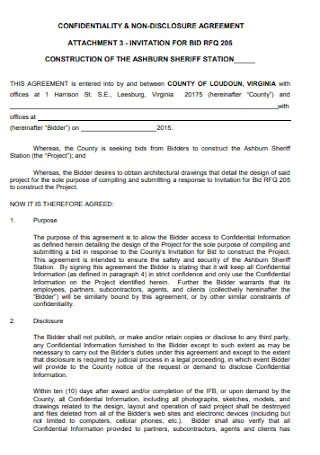
Construction Non Disclosure Agreement
download now -

Password Non-Disclosure Agreement
download now -
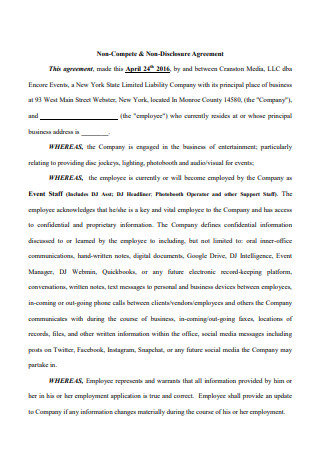
Non-Compete and Non-Disclosure Agreement
download now -

Non-Disclosure Agreement Format
download now -

Mutual Non Disclosure Survey Agreement
download now -
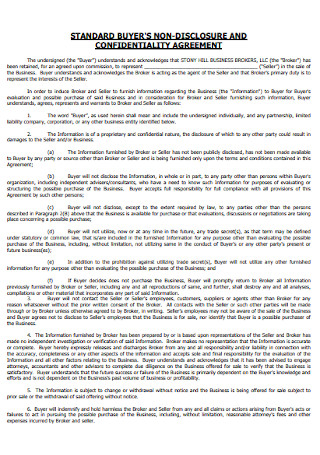
Standard Buyers Disclosure Agreement
download now -
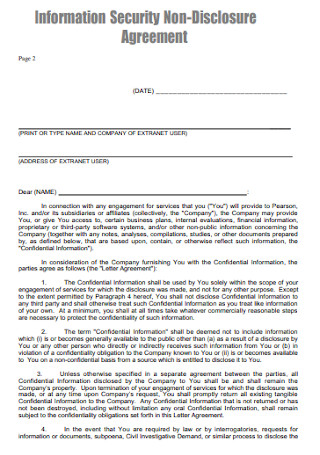
Security Non-Disclosure Agreement
download now -
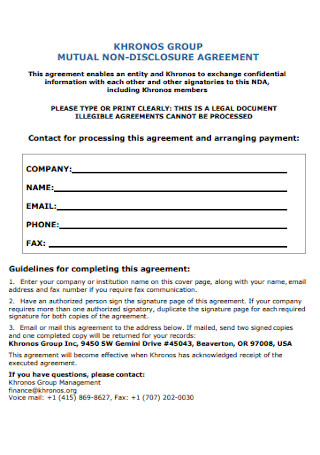
Group Mutual Non-Disclosure Agreement
download now -
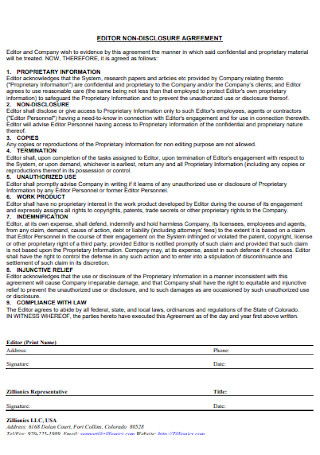
Editor Non-Disclosure Agreement
download now -
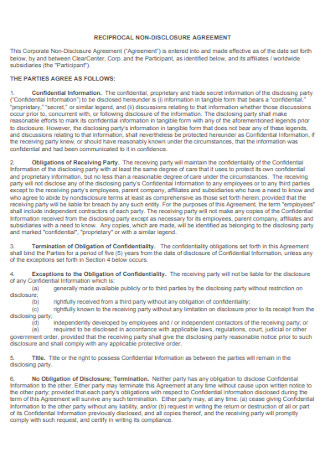
Reciprocal Non-Disclosure Agreement
download now -
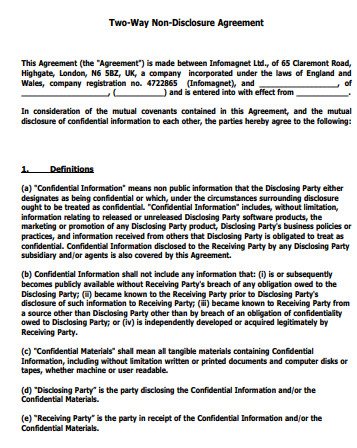
Two-Way Non-Disclosure Agreement
download now -
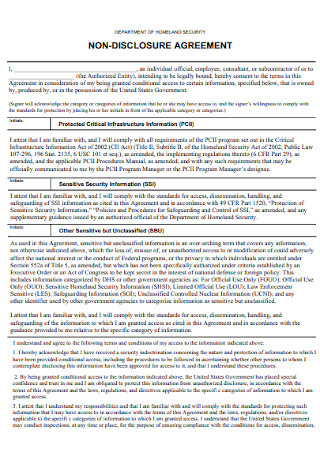
Homeland Non-Disclosure Agreement
download now -
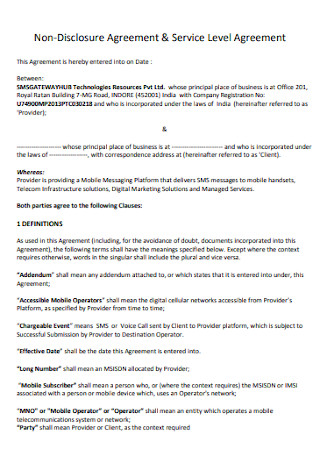
Non-Disclosure and Service Level Agreement
download now -
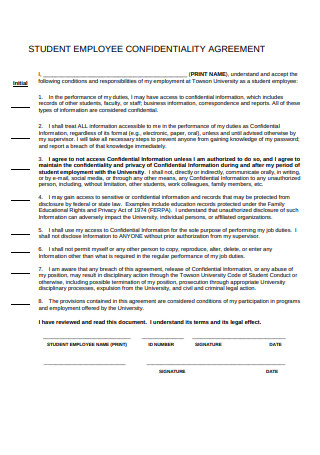
Student Employment Confidentiality Agreement
download now -
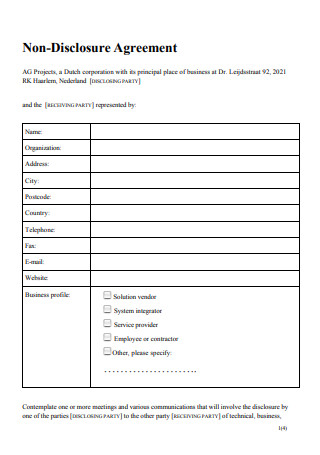
Non-Disclosure Agreement Form
download now -
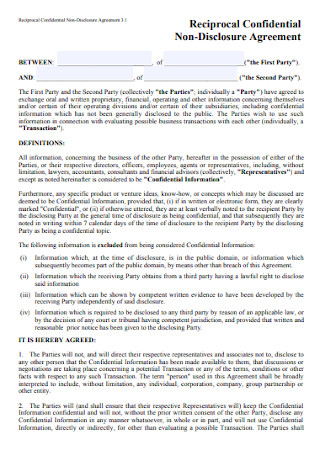
Reciprocal Confidential Non-Disclosure Agreement
download now -

Vendor Non-Disclosure Agreement
download now -
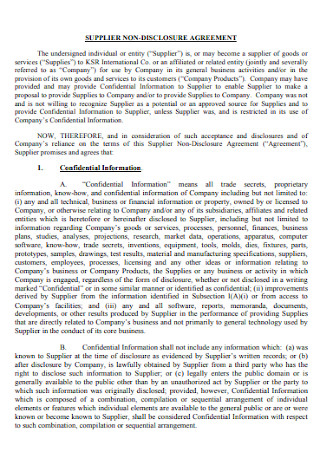
Sample Supplier Non-Disclosure Agreement
download now -
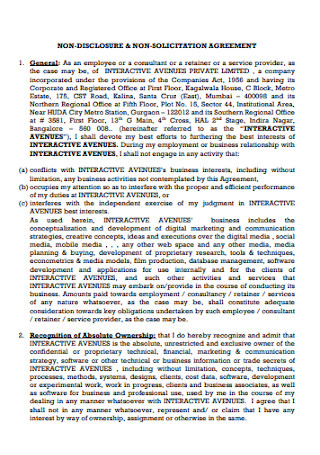
Non Dislosure and Non-Solicitation Agreement
download now -
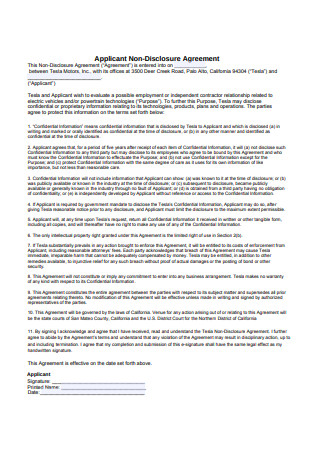
Applicant Non-Disclosure Agreement
download now -
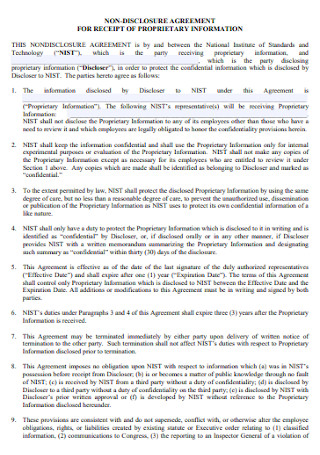
Non-Disclosure Agreement for Receipt
download now -
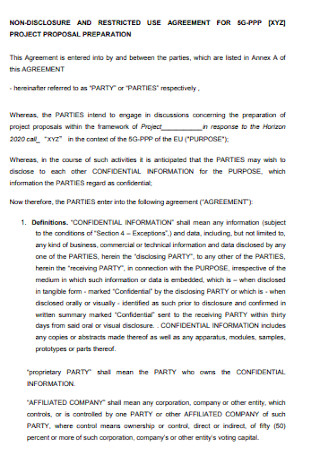
Non-Disclosure and Restricted Agrement
download now
FREE Non-Disclosure Agreement s to Download
49+ Sample Non Disclosure Agreement Templates
What Is a Non-Disclosure Agreement?
The Anatomy of NDA: Non-Disclosure Agreement Elements
How to Make an Excellent Non-Disclosure Agreement
FAQs
What are the other names of a non-disclosure agreement?
How many signatures are needed in the NDA?
What is the difference between a confidentiality agreement and a non-disclosure agreement?
What Is a Non-Disclosure Agreement?
Did you know that in 2019, around 164.68 million private records were exposed in the US? As reported by Statista, data breaches reached 1,473 at that time. Some cases were caused by a poor acknowledgment of the confidential relationship between parties. How so? Even looking at a hard copy of someone’s medical records without authorization is a data breach already. And that explains why non-disclosure agreements are vital. Such contracts or agreements outline the terms and conditions in prohibiting the sharing of any confidential information. Details involving trade secrets, propriety information, formula, and so much more are protected in the NDA. And once each party signs the form, the agreement takes effect and must be followed.
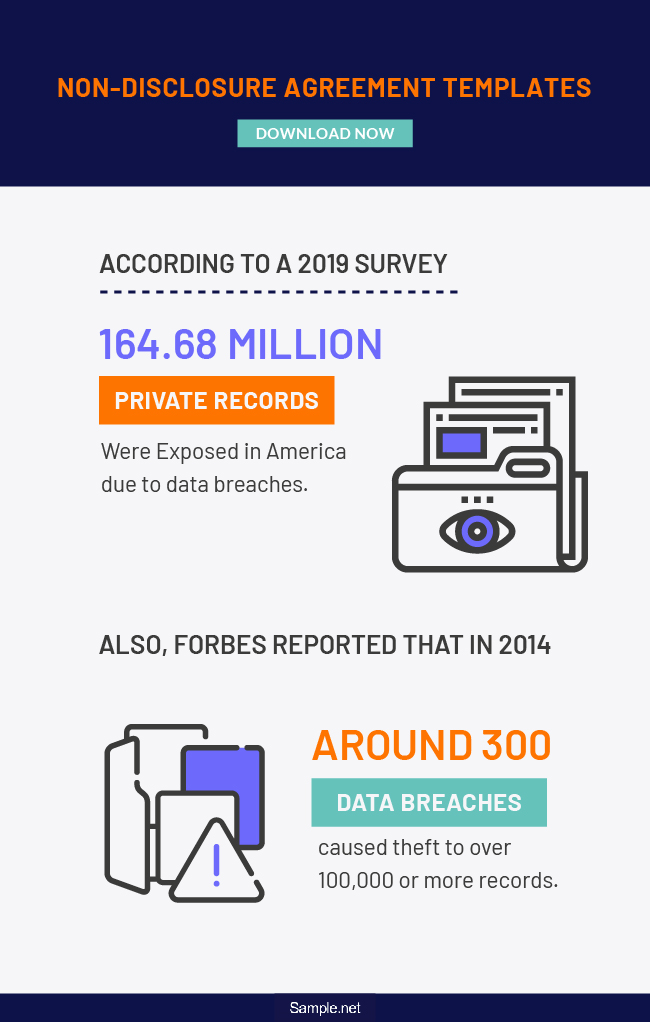
According to a 2019 survey, approximately 164.68 million private records were exposed in America due to data breaches.
Also, Forbes reported that in 2014, around 300 data breaches caused theft to over 100,000 or more records.
Why Are NDAs Important?
Non-disclosure or confidentiality agreements are critical for protecting secrets and rights. Nobody would create the NDA without something to protect. Without clear terms between two or more parties on what to disclose or not to disclose, they might not meet ends on what to follow exactly. According to Investopedia, the NDA is even commonly introduced by any business for potential joint ventures. The same goes for every employee who is expected not to share a manager’s confidential business info. And no matter what topic is restricted to disclose, like business processes, strategies, blueprints, designs, formulas, software—you name it, the regulations are specified and explained thoroughly in the document.
Furthermore, take note that NDAs prevent serious conflicts because of stipulating some rules. If anyone commits a dispute or disobeyed some terms in the agreement, then termination may follow. Or perhaps, go to court in settling such matters. The truth is keeping secrets can be dangerous. What if an employer trusts a worker so much that the employer was comfortable to reveal the company’s strategy for sales. But then, the employer had to let go of that worker for causing bad business. So, the resigned employee might leak the enterprise’s strategies as revenge. To prevent such circumstances, produce well-planned legally binding NDAs pronto.
What Are Mutual and Non-Mutual NDAs?
Generally, there are two types of confidentiality or non-disclosure agreement—the mutual and non-mutual NDA. If the binding agreement is mutual, that means sending and receiving restricted details happens to all parties. Mutual NDAs are usually safer since both sides have their secrets to keep. So if Party A reveals the secrets of Party B, then Party B can make it fair by also revealing Party A’s confidential info. Meanwhile, non-mutual NDA occurs when there is one-sided confidentiality. Hence, only one party has a secret to share, and the latter prevents sharing the detail. The party with restricted info should be careful in choosing who to share to avoid conflict or blackmail, even if that person is a family member, partner, or personal assistant.
The Anatomy of NDA: Non-Disclosure Agreement Elements
Just like any agreement, there are essential factors worth considering in crafting NDAs. And a non-disclosure agreement would not be called as such without its main elements. What are they? In this segment, we outlined eight of the elements generally found in standard NDAs.
How to Make an Excellent Non-Disclosure Agreement
What if NDAs did not exist? In a 2014 survey, 300 data breaches caused theft to 100,000 or more disclosed records. Breaches, arguments, and conflicts would continue to be a global problem without agreements that tackle keeping things secret. And since you already know about NDA’s definition, importance, and elements, your last concern is to figure out how to create the NDA itself. And in just five steps, you can make an excellent non-disclosure agreement in no time.
Step 1: Use the Appropriate Template
Have you checked our collection of sample non-disclosure agreement templates already? They are ready to download anytime. More so, you can edit the template’s features and content easily, so there is no need to begin from scratch. Your only concern is to explore all available templates and find the best example that suits your application. And with its fillable features, you can add what needs to complete the document—easy, right?
Step 2: Give a Clear Introduction
In your document, ensure to write a clear introduction. Although the title or purpose of the NDA would suffice, adding further background is necessary to clarify. Moreover, ensure that the parties are introduced, especially when they are part of the NDA’s important elements. Aside from the names, mentioning their contact details is crucial if anyone needs to contact each other.
Step 3: Insert the Rest of the NDA Elements
Do not simply check the NDA’s title and party info because there are still plenty of non-disclosure agreement elements, as discussed earlier. Ensure that the exclusions, instructions, schedule, etc. are present. Most importantly, there are standards in any agreement. Avoid adding or lacking aspects that invalidate the document.
Step 4: Specify How to Protect Confidential Info
Many contracts already know how to define what topic or secret should not be disclosed and the exclusions. But, some people fail to specify what must be done in protecting such confidential matters. Be instructive in mentioning every obligation to fulfill between parties. And if parties have lesser questions from your statements, the better.
Step 5: Be Strict with the Clauses and Provisions
It is no surprise that policies must be followed strictly, no matter what. But, are the clauses or provisions stated in the NDA worth following in the first place? Or to be more specific, are they strict enough? Aside from incorporating all the rules, mention what consequences the disobedient party would take if it so happens they commit a dispute. Should there be a contract termination, dispute fines, or any other arrangement? And once everything is all set, launch the agreement.
FAQs
What are the other names of a non-disclosure agreement?
A non-disclosure agreement has many different names. Although there are slight differences, they have similarities, particularly in preventing to disclose certain information. Names include the confidentiality agreement, confidential disclosure agreement, secrecy agreement, proprietary information agreement, and silence contract.
How many signatures are needed in the NDA?
The number of signatures would depend on how many parties are involved in the agreement. And the signatures define if a document is unilateral, bilateral, or multilateral. Unilateral means only a single party signed the form. Two parties refer to bilateral. Meanwhile, multilateral involves a whole group with entries not to disclose some details.
What is the difference between a confidentiality agreement and a non-disclosure agreement?
Non-disclosure agreements are generally used for not revealing personal or private details. Meanwhile, confidentiality agreements are mostly used when a higher degree of a confidential matter is involved.
Do you know how to keep secrets professionally already? Good. But do not settle your concerns there. Even if you a pro at not disclosing any info, no matter how high the stakes are, how about the rest of the parties who know the details? Are they just as good at keeping secrets like you? And that example explains why you cannot forget to draft a non-disclosure agreement. Always safeguard everything before the worst circumstances happen. And you can download our sample NDA templates as a start.
